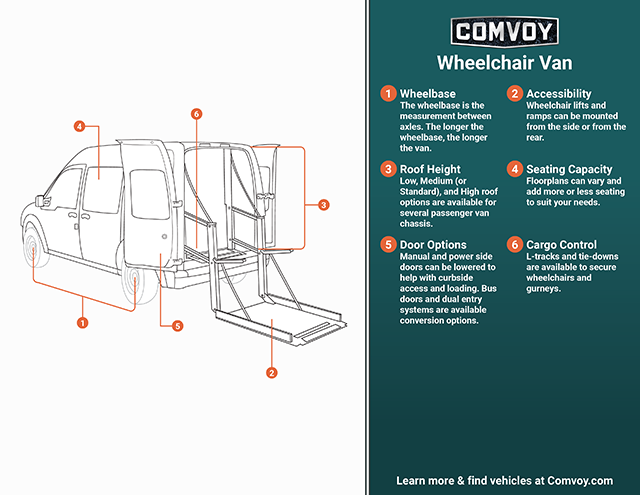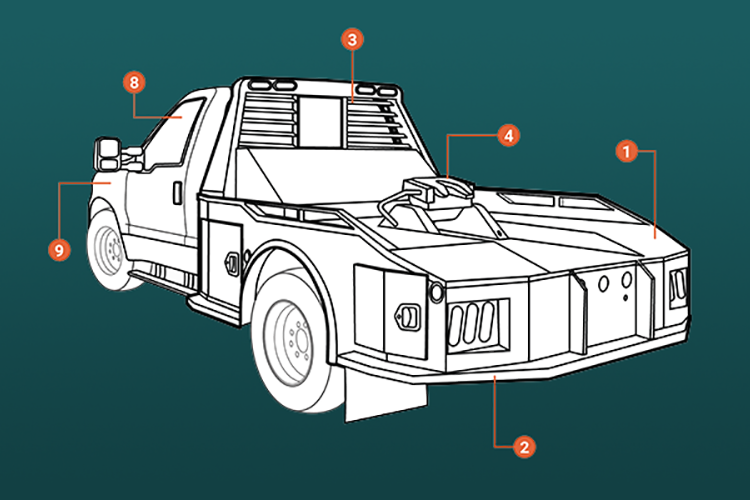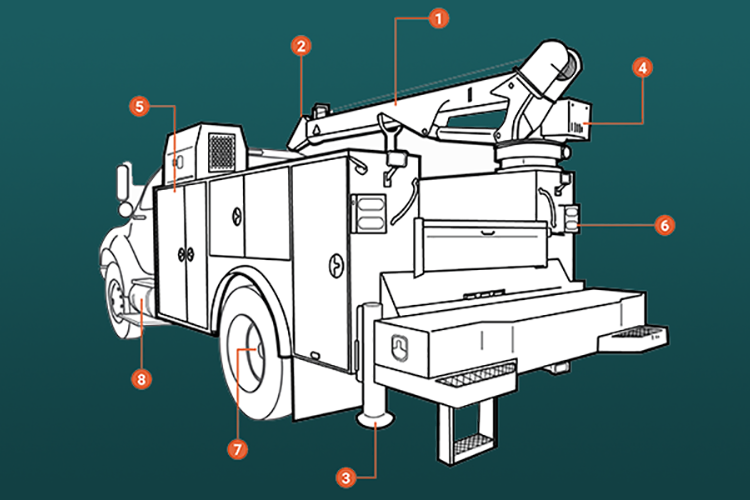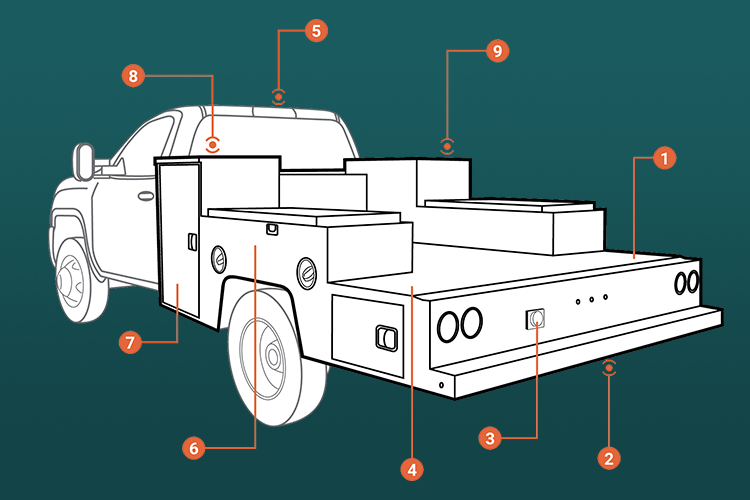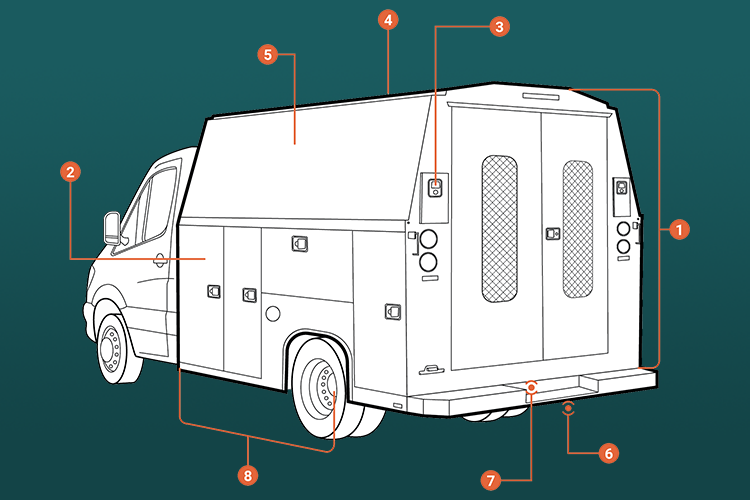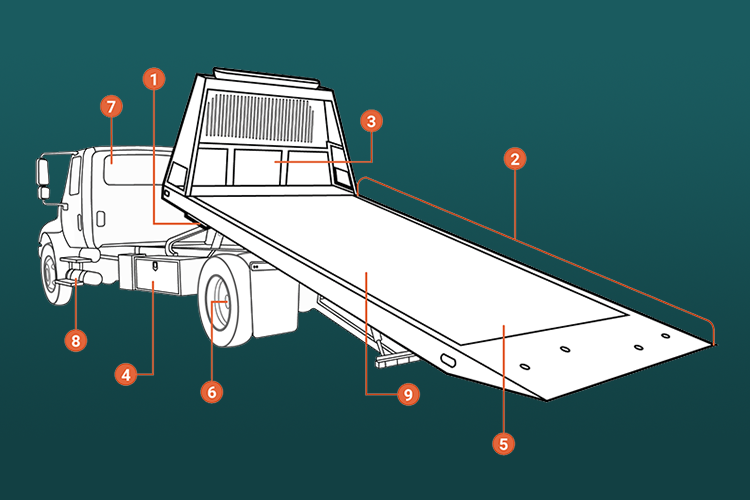Wheelchair Van: Options for Mobility
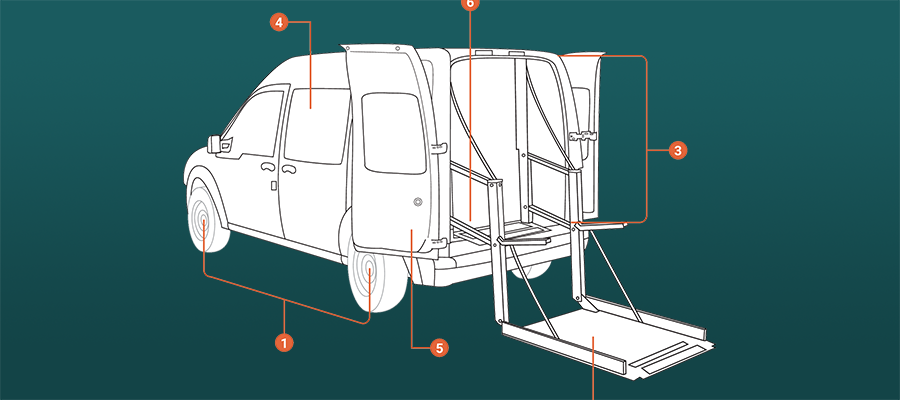

Wheelchair Van: Options for Mobility
The wheelchair van, while designed to fulfill the needs of wheelchair users, also supports the mobility industry with its many available configurations for transporting all passengers, both disabled and ambulatory alike. Built with inclusivity in mind, the wheelchair van features removable seating, optional chair lifts, and adjustable ramps - as well as a suite of door styles and wheelbases with which to better serve your operational requirements.
Wheelbase
Wheelbase impacts what you can reasonably do with a wheelchair van floor plan, and is defined as the distance between the front and rearmost axles in a wheelchair van. Wheelbase length will also determine how the vehicle maneuvers. But vans of all sizes, down to the Transit Connect to the ProMaster City, will support wheelchair van conversions.
Accessibility
Wheelchair ramps and hydraulic lifts are key features of note, with this van. Both manual and powered wheelchairs and scooter configurations will find great support in the wheelchair van - but each also offers varying counterpoints against the other, when discussing relative accessibility.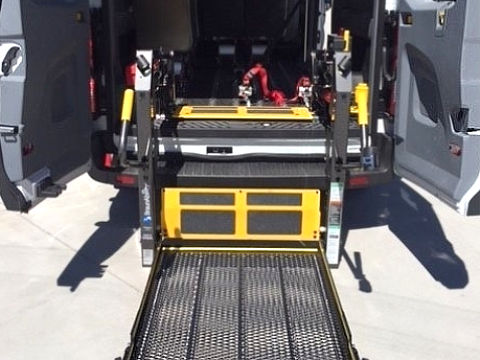
Wheelchair ramps, such as wheelchair lifts, can be installed in both the rear and side doors. Often built from steel or aluminum alloys, the ramp features a sturdy frame, capable of supporting a variety of motorized chair devices in multiple widths. After use, the wheelchair ramp folds away (in single or multi-fold configurations) within the van’s interior. Additional options for roll-style ramp systems are provided by manufacturers, allowing the ramp to roll into the cargo area, rather than folding into the van.
Wheelchair lifts are an impactful option provided by the wheelchair van, but require some foresight in order to install properly. Where accessibility ramps are fastened to the van’s floor and fold-out manually, the wheelchair lift is backed by a series of columns that fit inside (or underneath) the accessibility van’s side or rear doors and deploy with a series of electrical controls. The loading platform is supported by a series of loading arms, driven by hydraulic cylinders along the lift’s columns within or underneath the wheelchair van. These platforms are often built from powder-coated steel, for added traction, and fold upright or slide underneath the van when out of use.
Click Here for More Information
Roof Height
Selecting the right roof height for your wheelchair van involves more than just accommodating one single driver. When considering a wheelchair van, it also pays to identify the height requirements of the wheelchair users and ambulatory passengers. In addition to transporting passengers, the additional roof height in vans such as the ProMaster or Transit will provide your team with the ability to tote most taller items, and will also allow ambulatory passengers more headroom in seating and standing positions.
Seating Capacity
Wheelchair Vans, and their respective designs, accommodate both disabled and non-disabled persons alike. The wheelchair van supports the easy removal and replacement of seating in the cab, as well as the rearranging of seats in the rear seating area. When considering your next wheelchair van, be sure to note the number of seats and cargo area volume you require in order to ensure that multiple people of varying ability can be comfortably seated within. As we discussed above, wheelchair van seating capacity is directly impacted by wheelbase in a wheelchair van, due to the variable vehicle length that wheelbase ascribes.
Door Options
When discussing wheelchair vans, the interior features and options for wheelchair loading are often a first-stop in the design of a perfect mobility vehicle. What isn’t often mentioned, however, is the wide array of door configurations available with this particular model.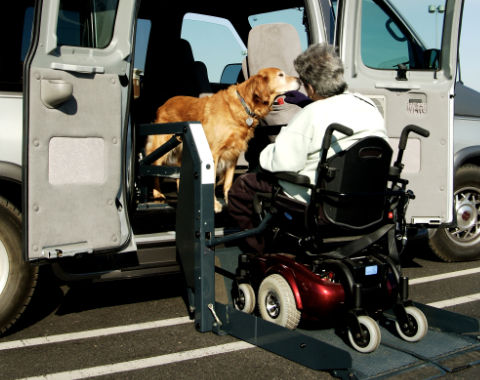
Barn-style swinging doors and sliding doors see frequent use, in both the side and rear access areas of the accessibility van. Each of these styles, in both side and rear entry points, supports the installation of ramps and lifts and accepts powered-door functions. If in a situation where pulling or swinging the side doors open may prove to be difficult, wheelchair vans also feature remote opening options, which pair with the hydraulic lift to deploy and raise at the push of a button. Some manufacturers, like BraunAbility, have even developed mobile applications for allowing you to open your door directly from your smartphone.
Cargo Control
Wheelchair vans are more than a simple transport system for the wheelchair-user in question. Wheelchair vans support multiple configurations of cargo transport, with a variety of onboard cargo control options. These features include L-tracks, tie-downs, d-rings, and more, for supporting any luggage and belongings required.
Aluminum L-track lengths are ideal for any wheelchair transport, as they fasten onto the wheelchair van’s subfloor and feature locking holes which support a variety of fittings. Once installed, the L-track provides a durable connection for your fitment of choice. Whether it be a ratchet-strap securement or simple seat adjustment fittings, the L-track keeps your gear in place and allows you to enjoy the ride.
Published on: November 01, 2019

